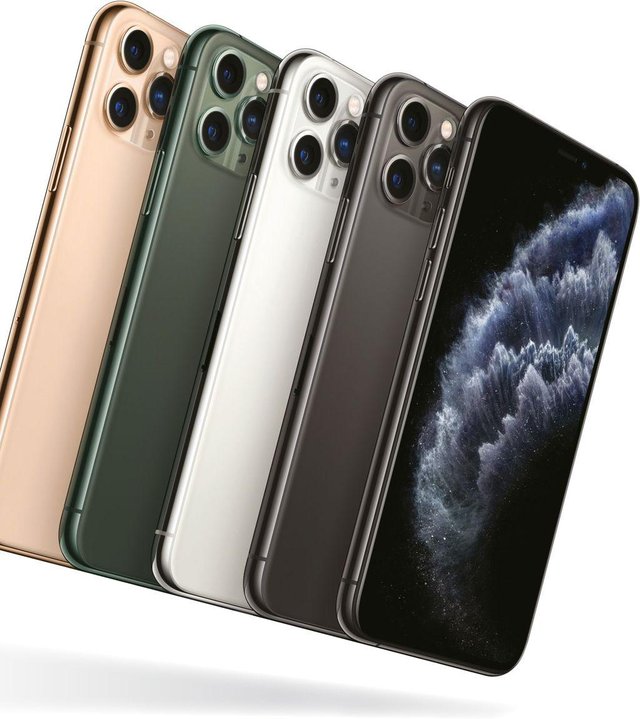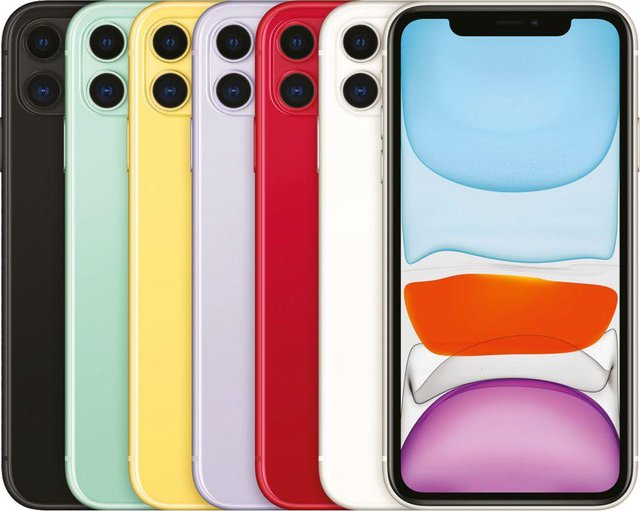
AT ITS ANNUAL Fall special event in September, Apple introduced iPhone 11 and also its first “Pro” smartphone line, iPhone 11 Pro, which comes in two sizes, including a “Max” version.
The new–generation iPhones raise the bar in several ways, including faster Gigabit–class LTE, Wi–Fi 6, Ultra Wideband precision location technology, Dual SIM capability (with eSIM), and the Apple A13 Bionic chip, which Apple says is 20% faster than its predecessor. But most notable is the new dual–camera system in iPhone 11 and triple-camera system in iPhone 11 Pro.
In iPhone 11, the 12–megapixel f/1.8 Wide camera has a sensor with Focus Pixels covering 100% of its area, promising up to three times faster autofocus in low light. This is joined by an additional 12MP Ultra Wide camera with f/2.4 aperture and 120° field of view. Zooming between the two delivers 2x optical zoom. For stills, both offer Portrait mode with advanced bokeh (background blur) and Depth Control, Portrait Lighting effects including a new High–Key Mono effect, and a new Night Mode that uses adaptive bracketing to produce brighter images in low light, with more natural colors and reduced noise. Smart HDR uses the A13 Bionic chip’s machine learning to capture more intense detail, while Deep Fusion, coming in a software update later this Fall, optimizes images pixel–by–pixel for enhanced texture, detail, and noise reduction.
The front–facing 12MP f/2.2 TrueDepth camera also offers all this, plus Face ID up to 30% faster, with improved performance at varying distances and more angles.

On top of all this, iPhone 11 Pro has a third f/2.0 Telephoto camera. This triple–camera system delivers a combined 4x optical zoom range.
Video capability is stunning. All the cameras are capable of 4K video recording at up to 60 fps, or 1080p slo–mo at 120fps or 240fps, with extended dynamic range, cinematic video stabilization, and continuous autofocus, as well as time–lapse. With the new QuickTake feature, you can simply hold down the shutter button to start recording video without having to switch out of Photo mode first. You can edit your videos in the iOS 13 Photos app — including rotate, crop, increase exposure, and apply filters.
The iPhone 11 has a 6.1–inch 326ppi Liquid Retina LCD display (1,792 x 828 pixels) with True Tone, Wide Color support, and a typical contrast ratio of 1,400:1. It boasts IP68 water resistance up to 2 meters (double the depth of iPhone XR) for 30 minutes. Apple promises battery life “one hour more than iPhone XR”. The iPhone 11 comes in six colors, and starts at $699 ($50 less than iPhone XR on release).
The iPhone 11 Pro comes in two sizes, each with a choice of four colors. Both Pro sizes have a Super Retina XDR 458ppi OLED display, with a 2,000,000:1 contrast ratio, and IP68 water resistance up to 4 meters for 30 minutes. The 5.8–inch (2,436 x 1,125-pixels) iPhone 11 Pro starts at $999, the 6.5–inch (2,688 x 1,242 pixels) iPhone 11 Pro Max at $1,099. Battery life for iPhone 11 Pro is “up to 4 hours more than iPhone XS”; for iPhone 11 Pro Max it’s “up to 5 hours more than iPhone XS Max”. Both come with an 18W fast charger.

“Night Mode uses adaptive bracketing to produce brighter images in low light”
The iPhone 8 will continue to be available, now from $449, as will the iPhone XR, now starting at $599.
Save by trading in your current iPhone, or try the Apple iPhone Upgrade Program — for one monthly payment, you get an iPhone, AppleCare+ cover, a choice of carrier, and the opportunity to upgrade to a new iPhone every year.